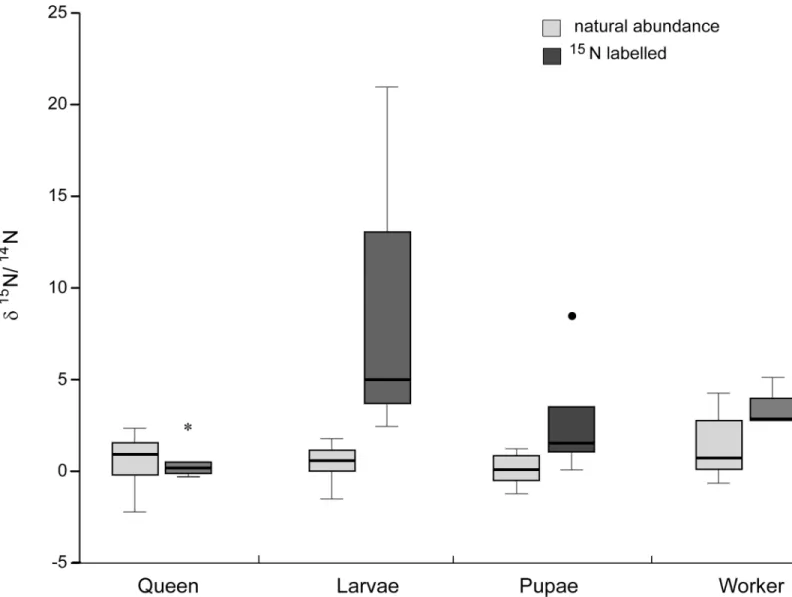Transmission of fungal partners to incipient Cecropia-tree ant colonies
Texte intégral
Figure
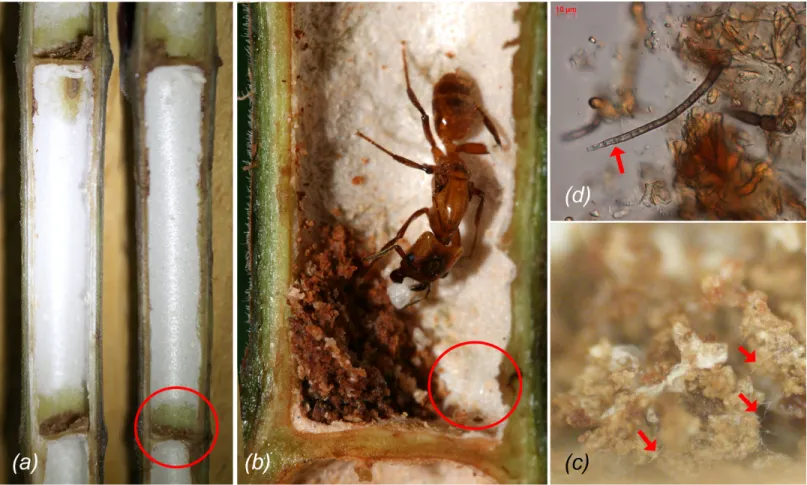
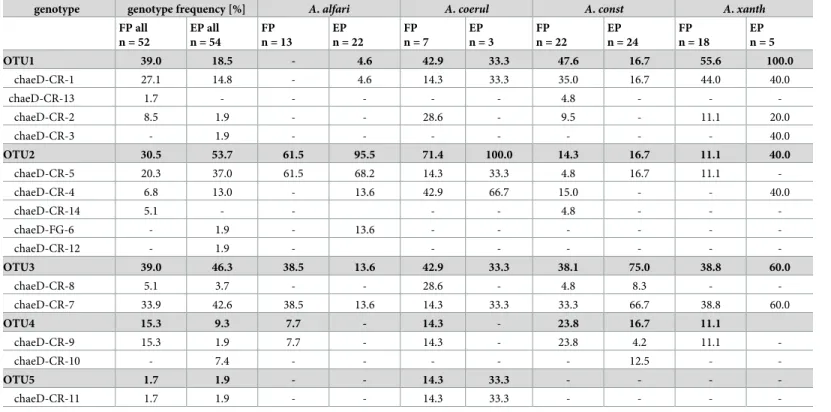
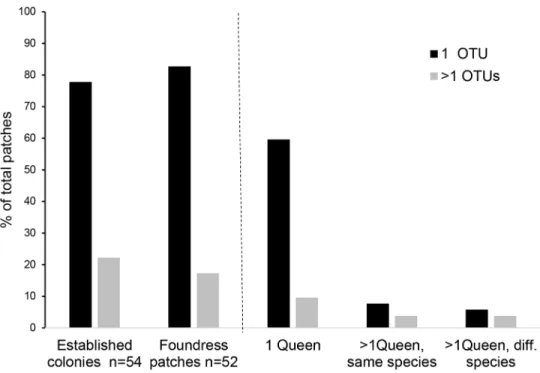
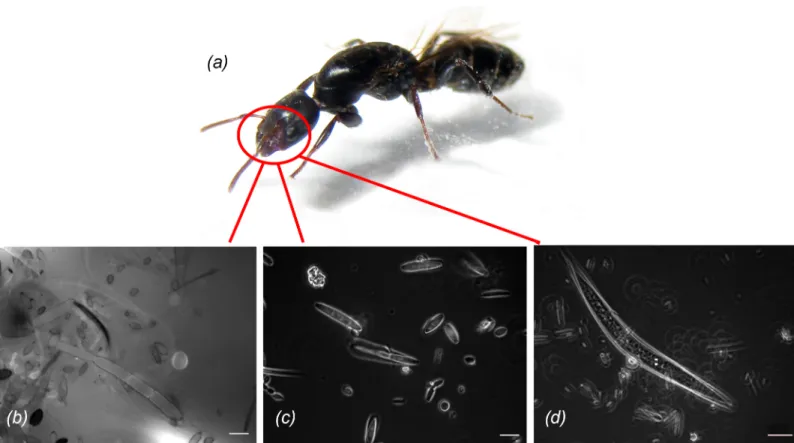
Documents relatifs
The discovery of Cheiroseiulus (Evans and Baker 1991) as a new monobasic genus of Platyseiinae re- quired modification of the concepts of that subfam- ily as presented previously
Here, we report the analysis of three types of mitochondrial sequences with the aim to define molecular markers suitable as taxonomic and/or phylogenetic tools at different taxonomic
[r]
Abstract – Nosema apis inoculated and non-inoculated honeybee (Apis mellifera) queens were introduced into mating nuclei.. The workers accepted all queens from
With the aim of using the model as a tool to disentangle ontogenic (low-frequency trend) and environmental (medium-frequency trends) variations, the aims of this work were to
In this study, we focused on two Cecropia species characterized by different geographic distributions. sciadophylla is a widespread species distributed throughout the Amazon basin,
botany,!62!(10):!3693
( 2016 ) suggèrent aussi que les deux espèces de Cecropia partagent un habitat commun pour la distribution. Ceci suggère qu’il est possible de montrer que l’individu de Cecropia a
